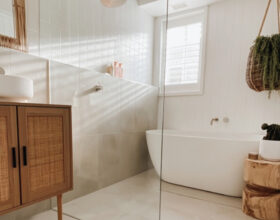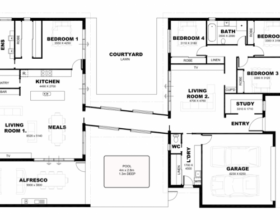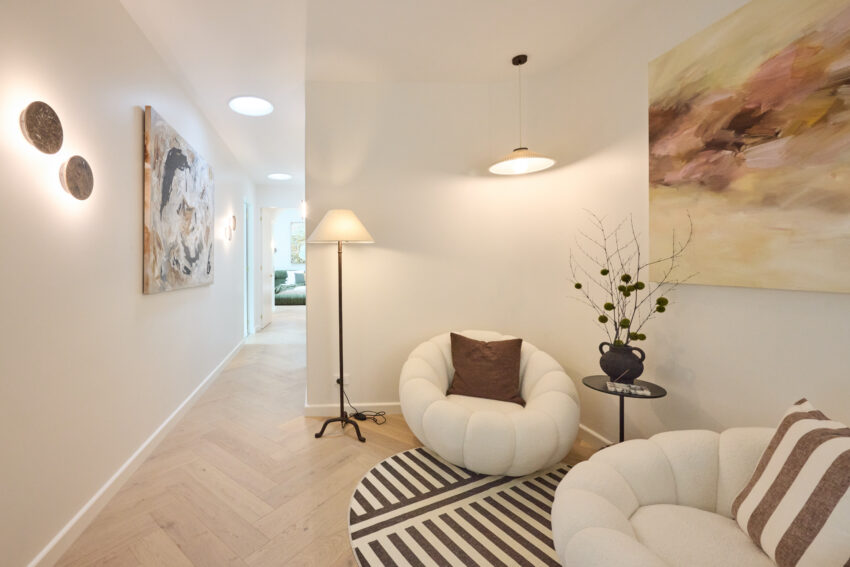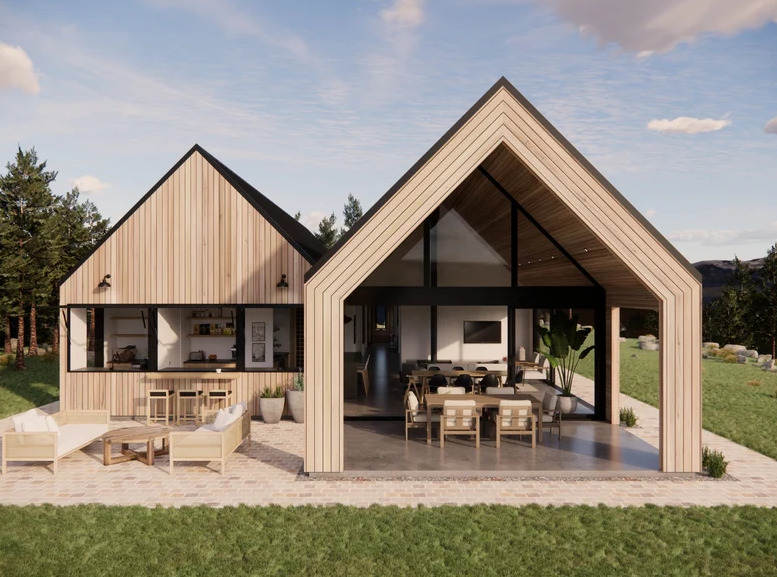Research shows humans don’t like being caged in, preferring to be in larger, more open spaces. And different factors – such as the shape of rooms, the colour of surfaces and the positioning and brightness of lighting – all influence how we perceive space. And there are several tips you can use yourself to make your …
Research shows humans don’t like being caged in, preferring to be in larger, more open spaces. And different factors – such as the shape of rooms, the colour of surfaces and the positioning and brightness of lighting – all influence how we perceive space.
And there are several tips you can use yourself to make your living space seem roomier.
Extending space
If your living space has outside views, you should use these. By facing living areas and furniture towards the window or balcony, the outside landscape becomes an extension of the inside space, increasing the perception of the room’s size.
You can also place a mirror opposite that view, which will reflect the outside and contrive another illusory kind of “outside”. A mirror’s view into another room would have a similar effect.
Ceilings with light fittings tend to shrink a space. Lights are best located on walls, about 300mm below ceiling height and directed to shine up across the ceiling and down the walls. This spreads light over the surfaces, rather than concentrating it in a single direction, creating an illusion of size.
Lamps provide the same diversity of spread and reflection.
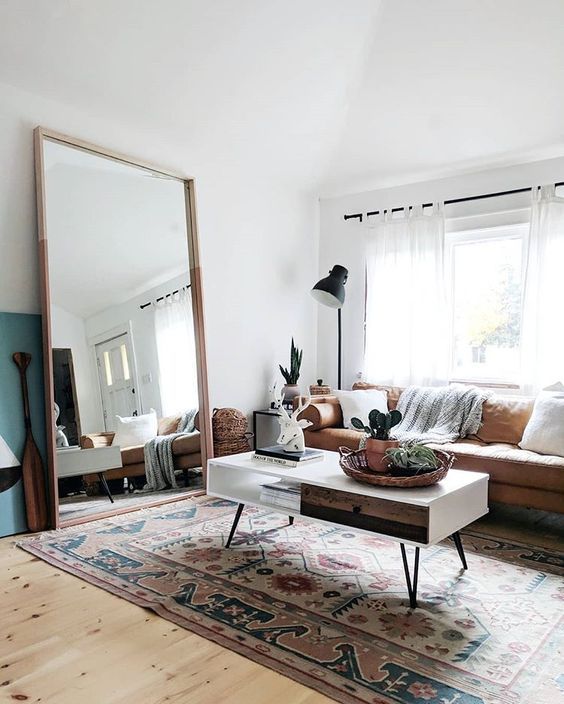
Using colour
Lighter colours, for instance, best reflect light and so create the appearance of space. Darker colours, decorative wallpapers and patterned fabrics shrink space and absorb light. Studies have shown lighter ceilings are perceived to be higher than darker ceilings.
Dark colours for floors can constrict a space. Deeply ornate textures and fabrics also shrink volume, as do exaggerated patterned carpets and rugs. Open and continuous flooring surfaces, like timber boards, engineered flooring, broadloom carpet and tiles, create an appearance of space.
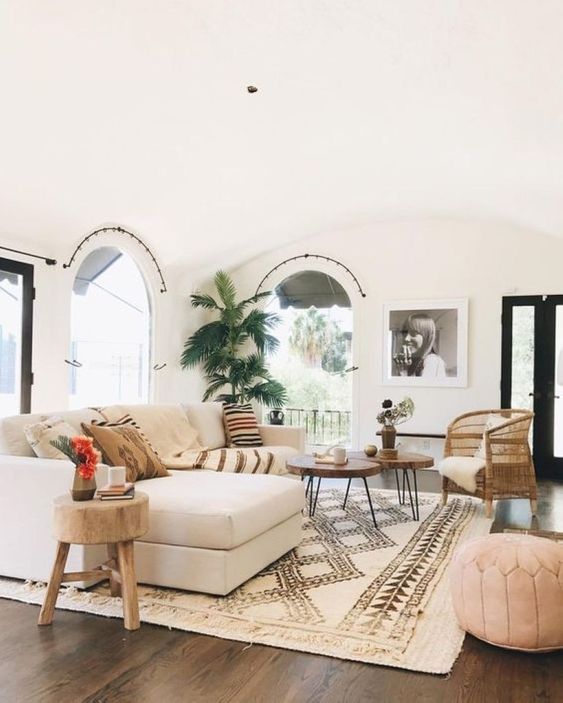
Flexible space
You could reorganise the space to change the functions of the rooms. Think, for instance, are the bedrooms well placed, or should the living areas be relocated?
Using furniture
The more furniture you put into a space, the smaller it appears. And most of us know the less “stuff” we have in our homes the bigger they seem.
Fitted living room furniture with built-in side tables that hug the wall is better than having large single units and isolated tables. TVs and sound systems incorporated into storage are more space-efficient than stand-alone units.
Big furniture, like couches and coffee tables, ornate bedheads and oversized loose chairs, also overcrowds space. It’s not comfortable to have to walk around large pieces of furniture rather than through space. The less stuff you have, the more spacious things appear. The best types of furniture to use in small spaces are simple open-framed chairs and tables, furniture with light frames, steel or timber, and open backs.![]()

You might also like How To Make Over Your Home Without Spending Money.
♥ KC.
Be the first to read my stories
Get Inspired by the World of Interior Design
Thank you for subscribing to the newsletter.
Oops. Something went wrong. Please try again later.

